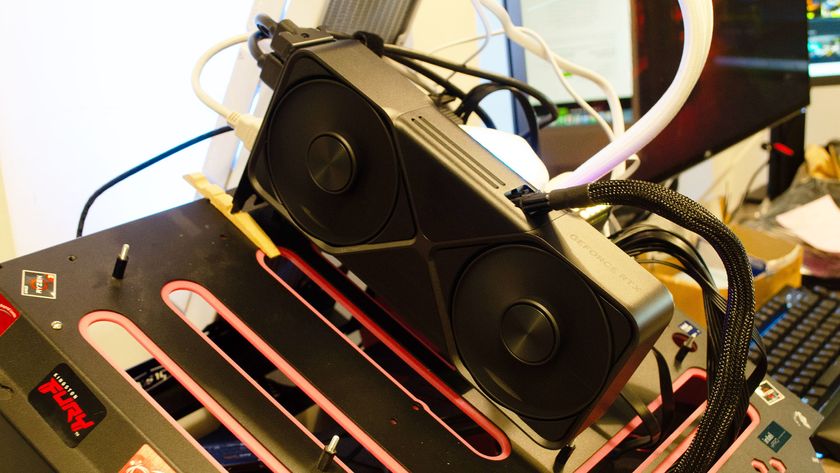Digg design director talks up crowdsourcing
'Have an idea and work with people to make it better'

Jeffrey Kalmikoff, Director of Design and User Experience at Digg, was on a panel today at South by South West (SXSWi) where he and Scott Belsky from crowdsourced design organisation Behance talked about how businesses could understand and utilise crowdsourcing.
Before Digg, Kalmikoff worked at one of the most high-profile crowdsourced businesses - threadless.com - where user-submitted designs are turned into T-shirts.
"The majority of my career has been based on crowdsourcing," says Kalmikoff. "My interest is that I love ideas and I love sharing ideas – I love the notion that you can have an idea and work with a group of like-minded people to make the idea better."
Crowdsourcing – a term coined in June 2006, is really an umbrella term, describing multiple ways that you can source ideas, explains Kalmikoff, and despite a common misconception that crowdsourcing simply means free labour, this isn't necessarily the case.
Wisdom and labour
Belsky and Kalmikoff went on to explain how there are two avenues a business can use for crowdsourcing – wisdom and labour. The wisdom avenue – used by Wikipedia, for example - takes the view that what any single person thinks isn't as important as the collective, consensual view of a group of people.
Labour includes services such as Mechanical Turk, which Kalmikoff describes as "a spectacular use of crowdsourced labour". In talking about labour, "we are really defining it as an open call to complete or fulfil a specific task or need," he adds.
Get daily insight, inspiration and deals in your inbox
Sign up for breaking news, reviews, opinion, top tech deals, and more.
"When it comes to crowdsourcing, what excites me the most are businesses that harness both sides of crowdsourcing – wisdom and labour," says Kalmikoff, citing Digg and Threadless as examples.
On Digg, explains Kalmikoff, "the labour side would be 'I want to get a story promoted to the home page of Digg, so I'm going to scour the internet for something that is cool, hope that it hasn't been submitted before and I'm going to make the effort to submit it'. From that point on, crowdsourced wisdom decides whether or not it should be promoted [to the front page]."
Crowdsourcing on Digg doesn't stop there, though. "Going further into Digg it's not just those particular things," says Kalmikoff. "We use crowdsourcing in different ways all over the site – you can digg up and digg down comments… It really is fully involving the community, and leveraging the crowdsourcing in a way that keeps the community active."
One of the most exciting things about crowdsourcing is the idea of the level playing field, says Kalmikoff. It doesn't matter who you are or where you come from – what matters is whether you produce the best work.
Kalmikoff goes on to give an example of "an incredibly famous graphic designer" who submitted a design to Threadless. "And his design, not only did it not get printed, but it was declined for poor design."
The crowdsourced nature of the way Threadless designs are chosen showed that this designer "didn't have his finger on the pulse of what people were looking for," says Kalmikoff.
"And that's the beauty of it, that's the beauty of Digg… it's a level playing field and everyone has an equal chance of hitting the front page."
After watching War Games and Tron more times that is healthy, Paul (Twitter, Google+) took his first steps online via a BBC Micro and acoustic coupler back in 1985, and has been finding excuses to spend the day online ever since. This includes roles editing .net magazine, launching the Official Windows Magazine, and now as Global EiC of TechRadar.

















